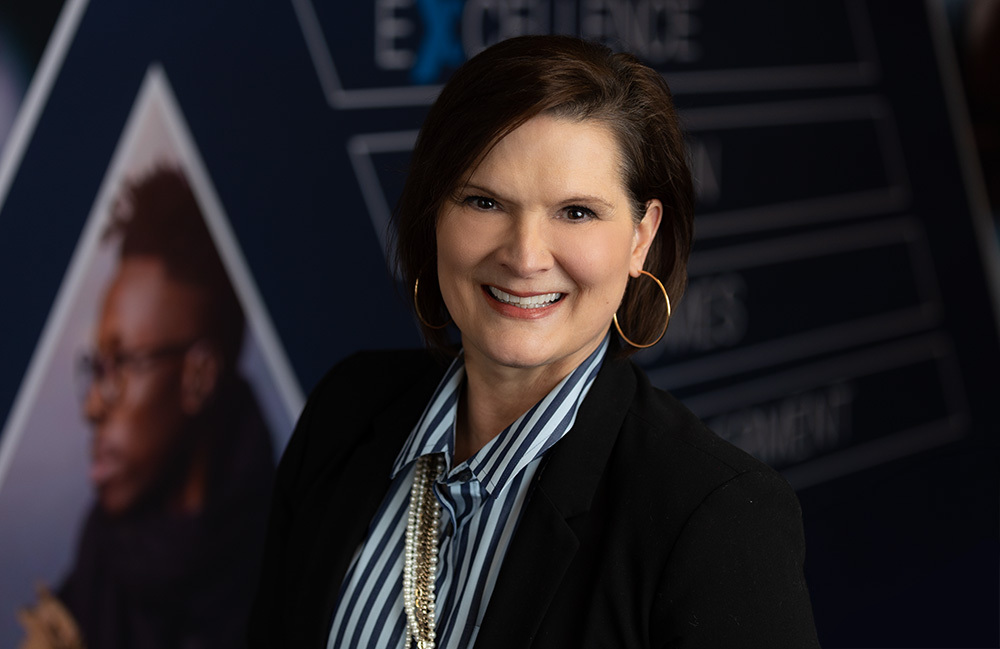We hear every day how things are changing – from economic uncertainty and a lower consumer spending index to seeing how tariffs play out. We can’t approach a strong finish to 2025 thinking it will be a “rinse and repeat” of the same marketing strategies we used in 2024. Whether you’re in retail, finance, healthcare or B2B, the answer to the question is about unlocking revenue with confidence.
According to eMarketer, consumer confidence is fragile, and budgets will remain tight through the end of the year. Thus, the rules of the game have changed, and brands that want to win in the back half of 2025 can’t just work harder. They have to work smarter, and that means making smarter investments, smarter decisions, and delivering smarter customer experiences.
Today’s customers are all looking for more. Whether it’s more relevance, more value, or more personalization, they all want it right now across every channel. Those expectations don’t change just because tariffs are rising, or budgets are tightening, or their teams are stretched really thin. In fact, it really raises the bar on being able to do more, faster and with the technology we are already using.
As brands face this uncertainty, we see that trust is becoming just as important as performance. Customers want to feel known, understood, and valued. The brands getting this right are the ones that have built strong customer relationships through real-time engagement and personalization that drive brand loyalty. With the market signaling slower growth in the second half of the year, this isn’t just about growth right now. It’s really about resilience.
There are a lot of things that cause different companies to hit a wall in performance, and usually they all hit at the same time, especially when a brand doesn’t have a clear vision or a roadmap.
- The first is fragmented data. When customer data lives in different systems used differently by different divisions in the organization, it’s nearly impossible to act in a meaningful way.
- Second is weak identity resolution. Without a consistent view of the customer across multiple touch points, all the various channels, and all the various publishers, personalization falls flat. You can’t connect all those different journeys.
- And third, is the underutilization of technologies. Many brands are investing in platforms like Adobe Experience Cloud, but they’re not activating some of the most powerful features. Many times, it’s because the data isn’t integrated or ready to go, causing missed opportunities and wasted spend – prospects walking away before you even knew you had a good shot at converting them.
Media is one of a brand’s biggest areas of spend. Marketing platforms like Adobe, Salesforce and others, and the innovation they’re bringing to market, allow decisioning to be done in real time. In the past, it could take up to 90 days to see the results of what was happening with your media spend, and then it would only allow you to make adjustments in the next quarter. With the innovation of technology, some of the new agile marketing tools paired with agentic AI allow a marketer in real time or near real time to make adjustments and changes to the offers as they are in flight.
For example, weather conditions could change a brand’s messaging and impact marketing spend in those areas. It’s not just about effectiveness but also consideration for the people impacted. Ensuring you have the right data in the right pieces of technology to enable near-instant change is a critical piece. A lot of clients want to get there but are missing that foundational piece of data readiness. You can’t just assume data is in the right place or in the right order and available at the right time for the technology to truly take advantage of it.
My best advice for marketers going into Q4 this year and wanting to leverage their existing tools to apply some of these new capabilities is to start with a business problem or challenge you’re trying to solve.
Brands need smarter and more integrated data strategies in their marketing workflow and a unified customer view to respond faster and adapt better with all these different market-changing conditions. I’m often asked, “Can’t we go to any professional service provider and get the same thing that Acxiom offers?” In response, I like to tell a story.
Several years ago, we took our daughter and her friend to Hawaii to celebrate their eighth-grade graduation. During that trip, we did an excursion with a few local university professors to explore the stars. They had very sophisticated telescopes so you could see stars forming, look into different galaxies, and even look very closely at Saturn’s rings. Really amazing stuff. We were so impressed that when I got back home, I immediately ordered the exact same telescope those professors used. For the next year, I really tried to recreate that experience, but I honestly didn’t have the skills to use the telescope to its fullest potential. So today that telescope is sitting in a corner collecting dust.
In the same way, when it comes to getting the most value out of your martech solution, you need someone with the expertise to make it happen. Some providers offer strategy while others offer implementation. Acxiom is one of the few that brings everything together, because we start with what matters most – the data and identity. Our engagements are built on privacy by design with real-time identity resolution and data governance woven in from the very start. We don’t just plug into a partner’s technology. We optimize it to deliver faster, personalized and privacy-compliant experiences. That’s really where we excel and can help brands fuel their journeys to get to impact faster. It’s really where the rubber meets the road.
To hear a full discussion of this topic, listen to the Real Talk about Marketing podcast, Powerhouse Approaches to Finish Strong in 2025 or find us on your favorite podcast platform.
Sources:


